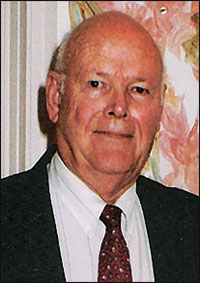
Support authors and subscribe to content
This is premium stuff. Subscribe to read the entire article.
Login if you have purchased
A study to identify risk factors for reamputation in patients within six months following an initial lower-limb amputation procedure found...
Read more
© 2024 The O&P EDGE